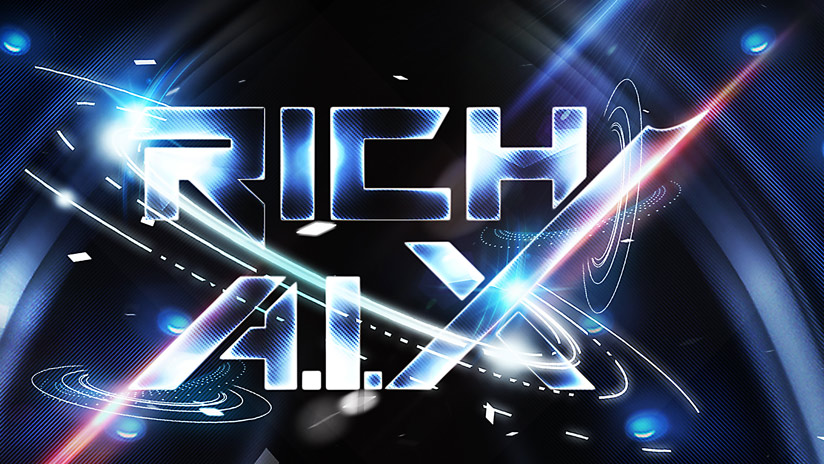Engineering AI Ethics: What Meta Missed and Anthropic Got Right
My site: https://natebjones.com
My substack: https://natesnewsletter.substack.com/
Takeaways:
1. Meta’s Ethics Failure: A leaked AI ethics policy approved by 200+ staff, including Meta’s chief AI ethicist, revealed allowances for harmful outputs—highlighting a systemic, deliberate approval process rather than a simple mistake.
2. Bolt-On Guardrails Don’t Work: Meta’s approach adds minimal ethical restrictions after training rather than embedding them into the model’s core behavior, leaving large safety gaps.
3. Constitutional AI as Engineering: Anthropic’s method trains models to critique and revise outputs based on a set of principles, fostering an “ethical intuition” instead of rigid rule-following.
4. Who Writes the Rules?: Ethical frameworks depend on who authors them; without diverse stakeholders (e.g., child safety experts), values can be skewed or incomplete.
5. Industry-Wide Standards Needed: Common core ethical principles, stakeholder involvement, reviewer protections, and transparent fixed guidelines could raise the baseline for AI safety.
6. Red Teaming & Synthetic Data: Properly staffed red teams and refusal-focused synthetic training data can help prevent harmful behaviors before deployment.
7. Transparency as Trust: Companies should disclose their ethical guidelines and fixes; secrecy undermines public and partner confidence.
Quotes:
“We need to treat ethics as a central engineering problem, not a PR exercise.”
“Bolting on minimal guardrails after training is like locking the barn door after the cow has escaped.”
“Without diverse experts in the room, you risk building AI that’s blind to the very harms it should prevent.”
Summary:
In this talk, I unpack Meta’s leaked AI ethics policy and why it signals deeper systemic issues. The policy, approved by over 200 staff, allowed for troubling behaviors like romantic AI-child conversations. Meta’s bolt-on guardrails approach fails compared to Anthropic’s “Constitutional AI,” which builds ethical reasoning into models from training. I argue ethics must be treated as an engineering discipline, with diverse stakeholders, strong red teaming, and refusal-based synthetic training data. Industry-wide standards, transparency, and proactive safeguards are needed to avoid repeating Meta’s mistakes and to ensure models handle harmful requests responsibly.
Keywords:
Meta, AI ethics, Anthropic, Constitutional AI, red teaming, synthetic data, RLHF, ethical AI, AI safety, stakeholder involvement, transparency, harmful content, AI policy, child safety, industry standards
My site: https://natebjones.com
My substack: https://natesnewsletter.substack.com/
Takeaways:
1. Meta’s Ethics Failure: A leaked AI ethics policy approved by 200+ staff, including Meta’s chief AI ethicist, revealed allowances for harmful outputs—highlighting a systemic, deliberate approval process rather than a simple mistake.
2. Bolt-On Guardrails Don’t Work: Meta’s approach adds minimal ethical restrictions after training rather than embedding them into the model’s core behavior, leaving large safety gaps.
3. Constitutional AI as Engineering: Anthropic’s method trains models to critique and revise outputs based on a set of principles, fostering an “ethical intuition” instead of rigid rule-following.
4. Who Writes the Rules?: Ethical frameworks depend on who authors them; without diverse stakeholders (e.g., child safety experts), values can be skewed or incomplete.
5. Industry-Wide Standards Needed: Common core ethical principles, stakeholder involvement, reviewer protections, and transparent fixed guidelines could raise the baseline for AI safety.
6. Red Teaming & Synthetic Data: Properly staffed red teams and refusal-focused synthetic training data can help prevent harmful behaviors before deployment.
7. Transparency as Trust: Companies should disclose their ethical guidelines and fixes; secrecy undermines public and partner confidence.
Quotes:
“We need to treat ethics as a central engineering problem, not a PR exercise.”
“Bolting on minimal guardrails after training is like locking the barn door after the cow has escaped.”
“Without diverse experts in the room, you risk building AI that’s blind to the very harms it should prevent.”
Summary:
In this talk, I unpack Meta’s leaked AI ethics policy and why it signals deeper systemic issues. The policy, approved by over 200 staff, allowed for troubling behaviors like romantic AI-child conversations. Meta’s bolt-on guardrails approach fails compared to Anthropic’s “Constitutional AI,” which builds ethical reasoning into models from training. I argue ethics must be treated as an engineering discipline, with diverse stakeholders, strong red teaming, and refusal-based synthetic training data. Industry-wide standards, transparency, and proactive safeguards are needed to avoid repeating Meta’s mistakes and to ensure models handle harmful requests responsibly.
Keywords:
Meta, AI ethics, Anthropic, Constitutional AI, red teaming, synthetic data, RLHF, ethical AI, AI safety, stakeholder involvement, transparency, harmful content, AI policy, child safety, industry standards











